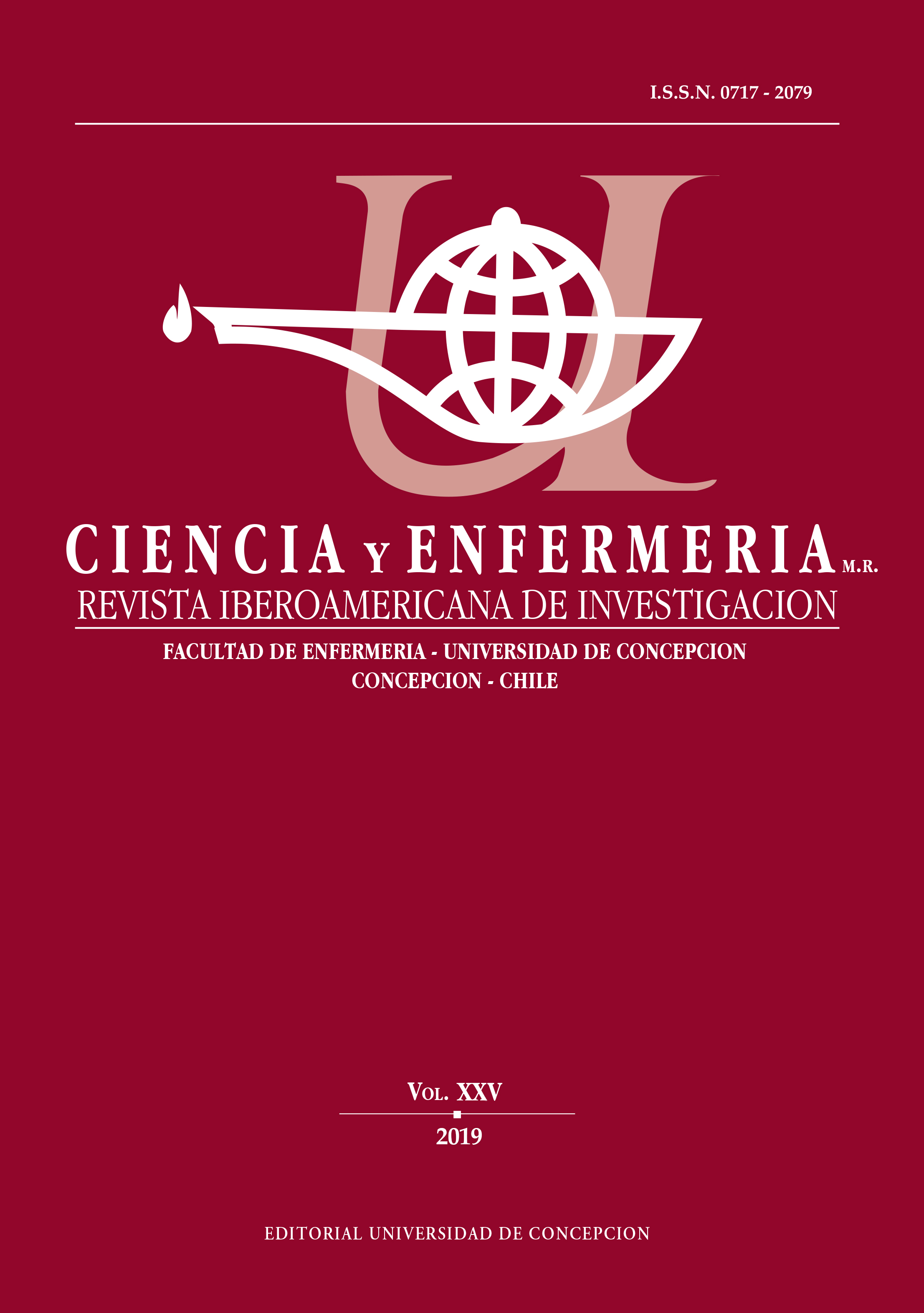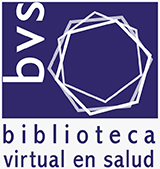MICROBIOLOGICAL CHARACTERISTICS OF THE HANDS AND RINGS OF HEALTH WORKERS - INTEGRATIVE REVIEW
Keywords:
Health personnel, Bacteria, Cross-infectionAbstract
Cross-infections in health care are recognized as being the most frequent adverse event during the hospitalization process of patients. Therefore, the adoption of preventive measures is legally recommended by the Brazilian Regulatory Standard 32, which establishes the need for hand hygiene and the ban on the use of adornments by health workers, including rings. Objective: To summarize the scientific evidence on the microbiological characteristics of hands and rings of health workers and the risk of cross-infection. Materials and Methods: Integrative review of the literature structured in the following stages: guiding question, search, categorization of studies, evaluation, interpretation of results and synthesis of knowledge. Original articles and reviews published in English, Portuguese, Spanish and French, found in indexed journals of the main international databases of the health area, were selected using applied descriptors for each database and consulting the Health Sciences Descriptors (DeCS) and Medical Subject Headings (MeSH). Results: Seven studies were analyzed and showed that the main microorganisms found in the hands and rings of health professionals were S. aureus, Enterococcus spp, S. epidermides, Klebsiella spp and E. coli. Conclusion: Contamination of hands with and without rings occurred in a similar way. Nevertheless, it cannot be claimed that the use of rings is responsible for the increase in the number of microorganisms found and whether this practice interferes in the cross-infection of microorganisms.
Downloads
Published
How to Cite
Issue
Section
Copyright (c) 2019 Universidad de Concepción

This work is licensed under a Creative Commons Attribution 4.0 International License.













